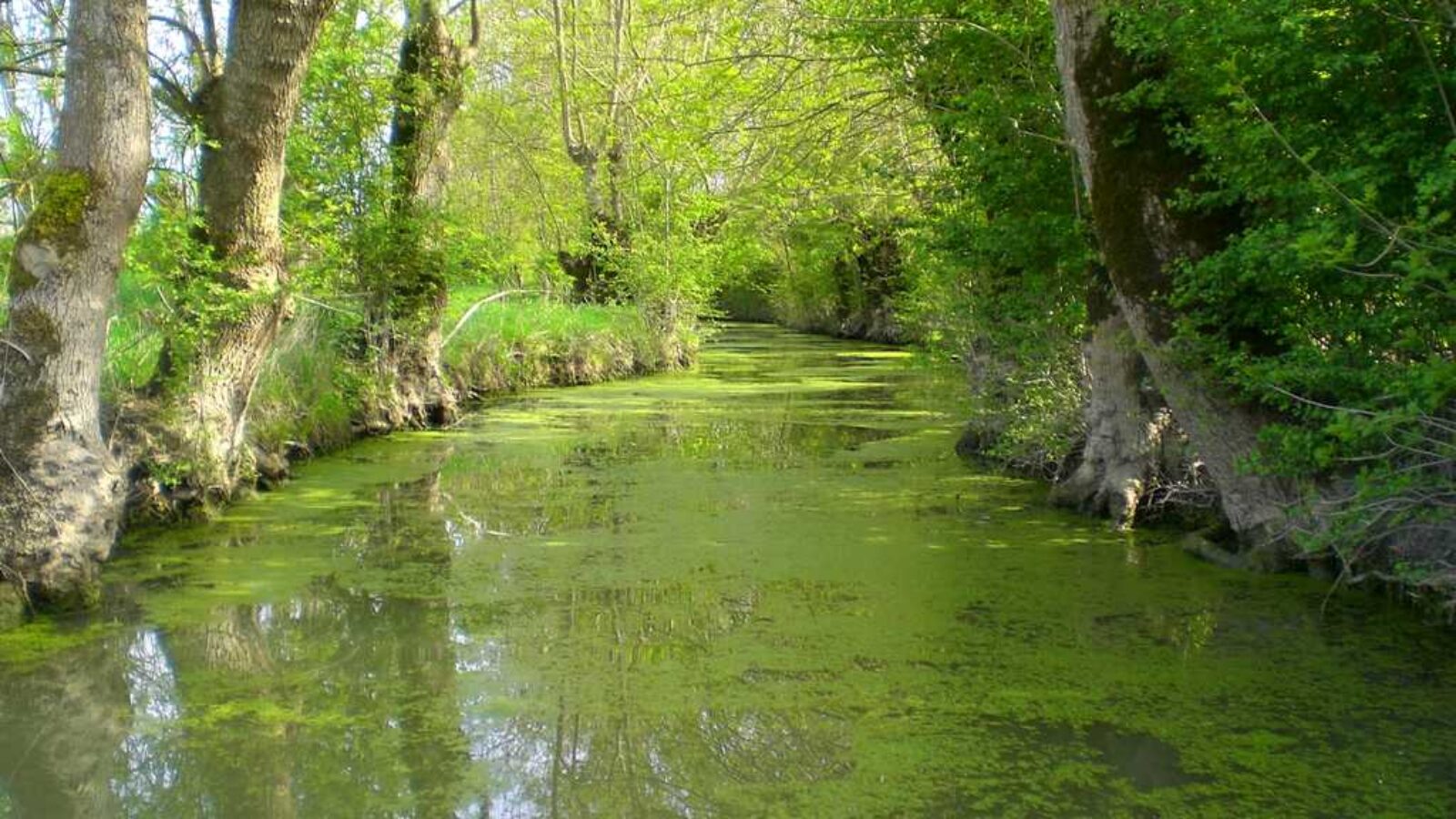The Poitevin marshes, a landscape created by man
The Poitevin marshes, a landscape created by man
During your stay at the Gite de la Gravée you must visit the Poitevin marshland, renowned for its biodiversity – a rich landscape offering a huge variety of plant and animal life and a favourite spot for migrating birds.
The marshland covers 112 000 hectares and spans 2 regions and 3 counties (the Vendée, the Deux-Sèvres and the Charente-Maritime.)
It is made up of the wetlands – also called Green Venice, and the drained marshlands to the widespread Baie de l’Aiguillon. It is the second largest wetland area in France and is classed as a Natural Regional Park and labelled as a Grand Site of France.
The Wetlands (Green Venice)
The Wetlands (Green Venice)
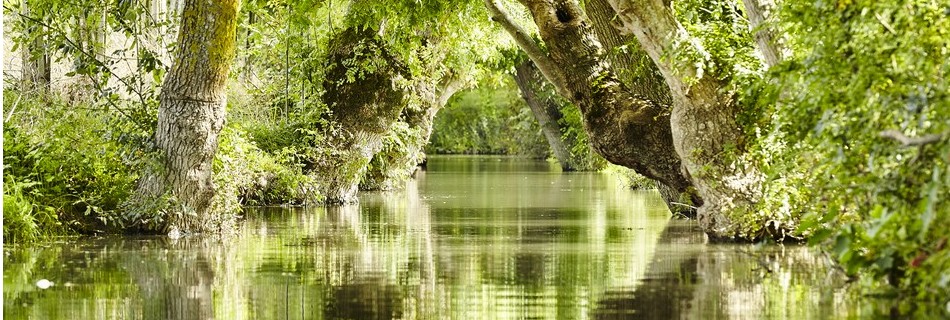
First of all it is important to understand the history behind the Poitevin marshes and how it has evolved over the years, as well as the life of the marshland inhabitants.
It is well worth a visit to the ‘Maison du Marais’ in Coulon, situated in the ‘Deux-Sevres’ county.
Coulon is the capital of the marshlands and its winding streets and old houses, together with the large canal on the Sevre Niortaise make it truly charming.
Boat trips
Boat trips
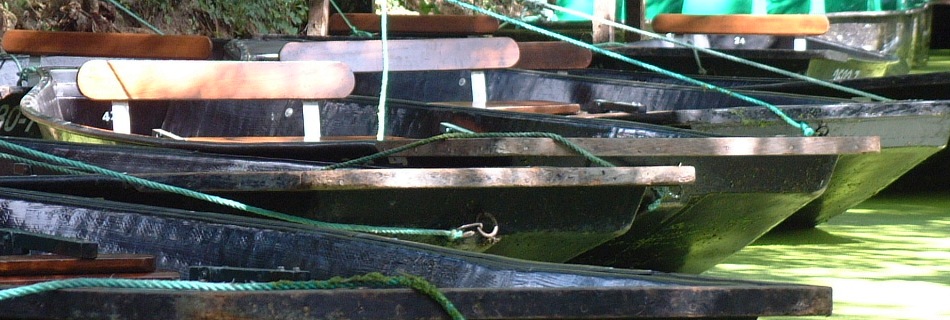
A boat trip around the swamps is a must! This is the ideal way to discover the marshes.
You can enjoy your visit on a flat bottomed boat around the waterways and discover the flora and fauna and cultures and traditions.
Who knows, you may even get the chance to see sea otters, coypus, herons, water fowl and tree frogs among other animals that live there? The ash trees will protect you from the sun’s rays and you may even be lucky enough to see the fritillary irises.
You can choose from a guided tour or you can hire your own boat as long as you are able to row – an hour or two of complete escape.
We suggest you go for a guide as the guide will explain the scenery as you go along and show you the ‘water fire’ – it would be a shame not to make the most of the opportunity.
Our favourite is the landing stage at the Abbey in Maillezais, l’embarcadère de l’Abbaye at the end of the pedestrian path that leads to the St Pierre Abbey. In summertime the ferry men and women are young people from the local area who have been specially trained in the low season – real marsh inhabitants – who will row and steer your boat.
There are also cycle routes along the towpaths.
The Poitevin marshlands are flat and that makes for easy riding along the paths for all from young to old, at your own speed, cycling through the heart of the natural park.
Did you know that the Poitevin marshes are crossed by the ‘Velo Francette’ cycle route which runs from Normandy to the Atlantic Ocean?
We recommend you use A bicyclette (which means on your bike) for all bike rentals.
The monks - founders of the marshlands
The monks - founders of the marshlands
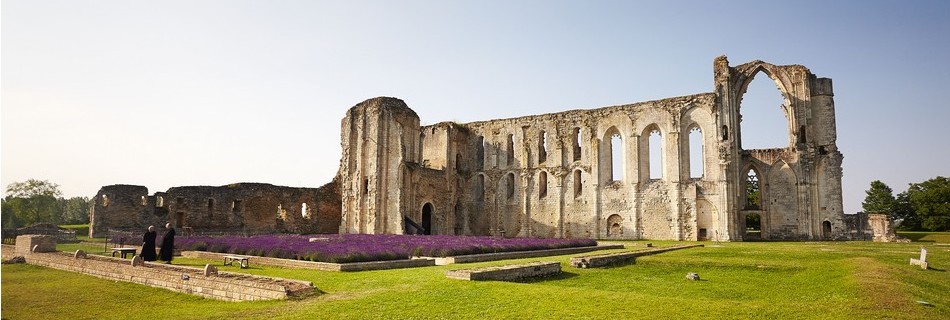
If you love old buildings you can be transported back to the times when the monks built the marshlands by visiting the Southern Vendée Abbeys.
It is hard to understand the marshes without these visits and the gîte de la Gravee is just a few kilometres from the abbeys of Maillezais and Nieul sur ‘l’Autise.
The majestic stone cathedral of the Maillezais abbey is the largest historical sight in the poitevin marshlands. Visit the chapter house, refectory and kitchens. As you walk through the abbey you can imagine the grandeur of this building.
The Abbey of ‘Alenior at Nieul sur l’Autise is a royal abbey with its cloisters, and monastic buildings.
We suggest the Alenior house especially if you have teenagers as the 21st century technologies will plunge you into the heart of the abbey.
Each summer you can find guided visits, shows and entertainment in both of these Abbeys.
The drained marshlands
The drained marshlands
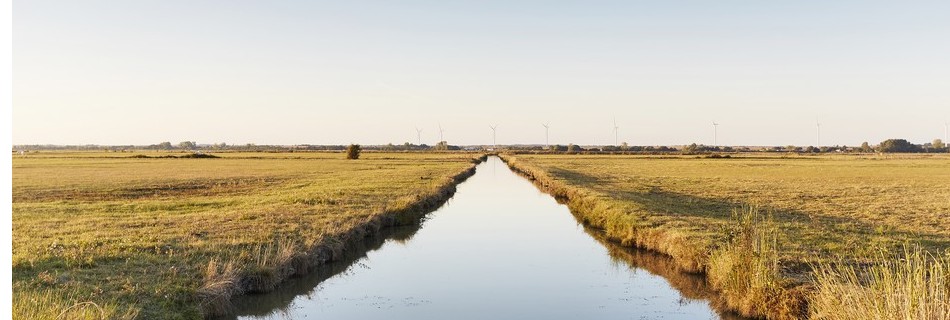
Let’s carry on into the marshlands
This area is protected from flooding by a network of dykes, prairies and crops surrounded by canals and ditches.
To give you a better understanding, we suggest you go along to Aiguillon sur Mer. Located between Luçon and Aiguillon you will cross a landscape of crops and canals. You may get the chance to see some herons or swans too.
To find out more on how the canals and dykes were built, visit the maison du maître de digues
All year round the Nalliers biological reserve (la réserve biologique de Nalliers ) offers you three areas from which to discover the fauna and flora of the poitevin marshes.
The Aiguillon bay
The Aiguillon bay
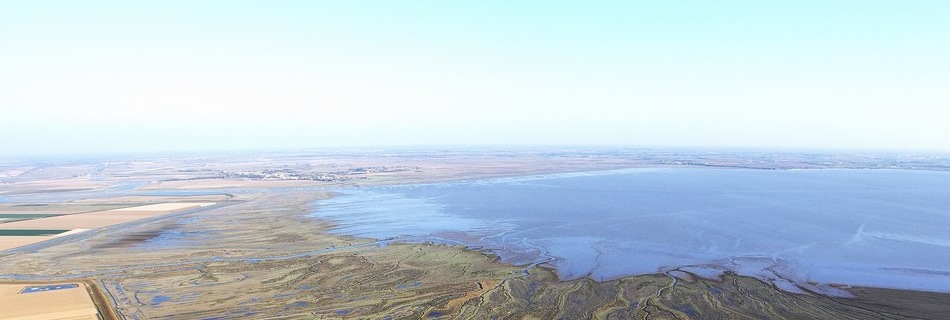
Discover the Aiguillon bay and its bird reserves
The Aiguillon bay is classed as a national natural reserve and comprises mudflats and salt meadows. Various migrating birds collect here for shelter during the season. There is food on the mud flats which can be seen at low tide.
At Saint Denis du Payré you can learn more about the migrations at the national ornithological reserve.
If you go towards the point of Aiguillon sur mer you will notice the dyke which protects the drained wetlands. At the far point there is a bridge over the sea and remember that la Rochelle and the Ile de Ré are just across the bay.
Once you arrive at Aiguillon sur Mer you are on the Atlantic ocean – sandy beaches, dunes and forests the length of the coastline.
The Aiguillon bay is also famous for its mussels – les moules du bouchot.
There is no better way to get to know this bay than on a fishing trip in the Aphrodite.
Our recommendations for local specialities
Our recommendations for local specialities
One of the local specialities of the marshlands are snails. Local land snails are a delicacy can be found in the local restaurants.
If you are thirsty La Cibulle is a brasserie specialising in its own locally brewed craft beer and nearby the bakery prepares local Vendée specialities such as savoury brioche.
Crepes anyone? In a former school la Récré you can revise your times tables and conjugations while eating your galettes
We can recommend L’Auberge de la Rivière in Velluire.
